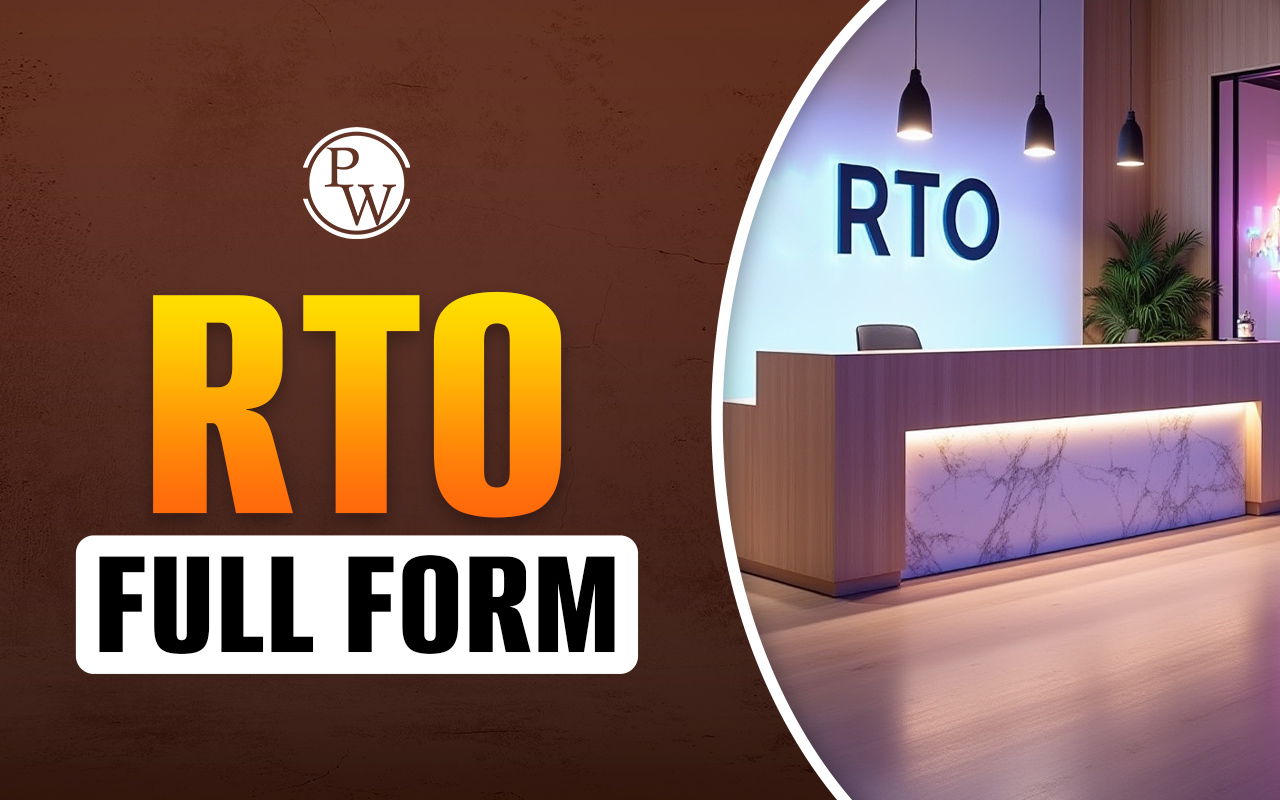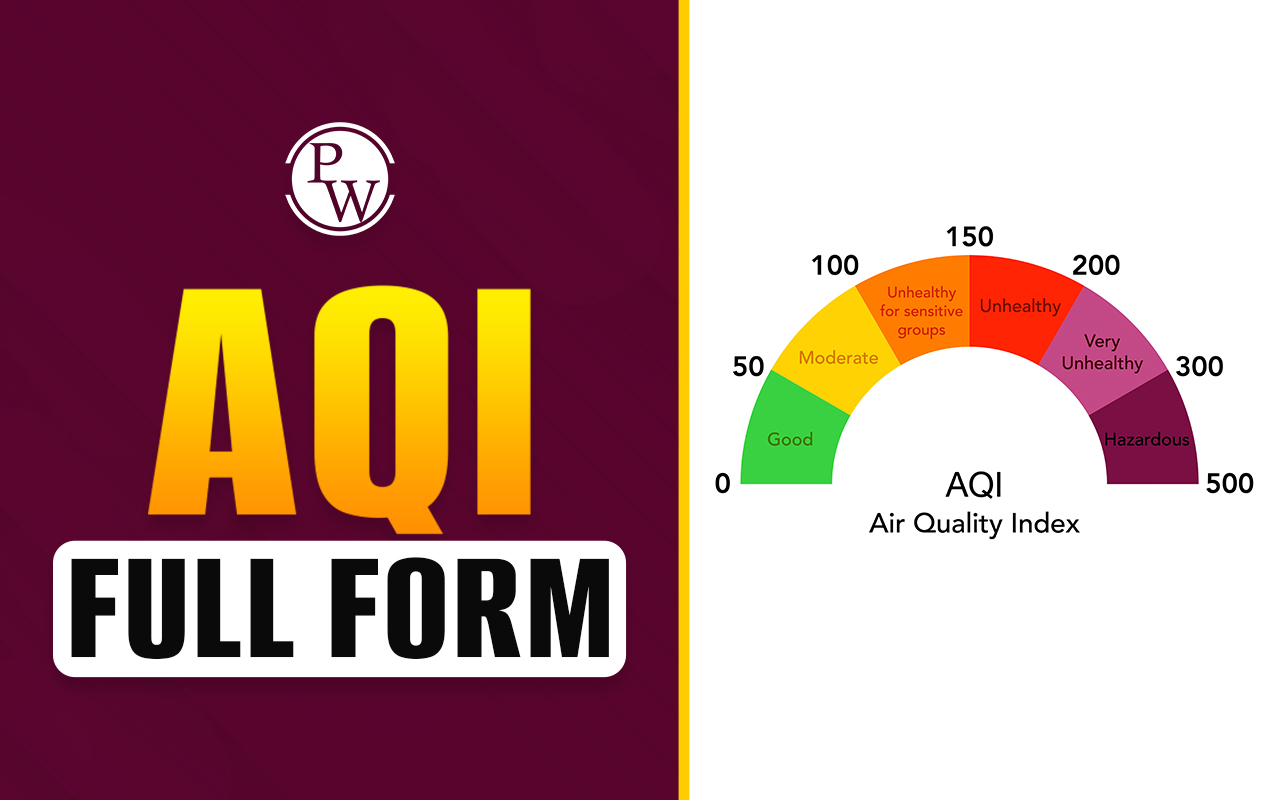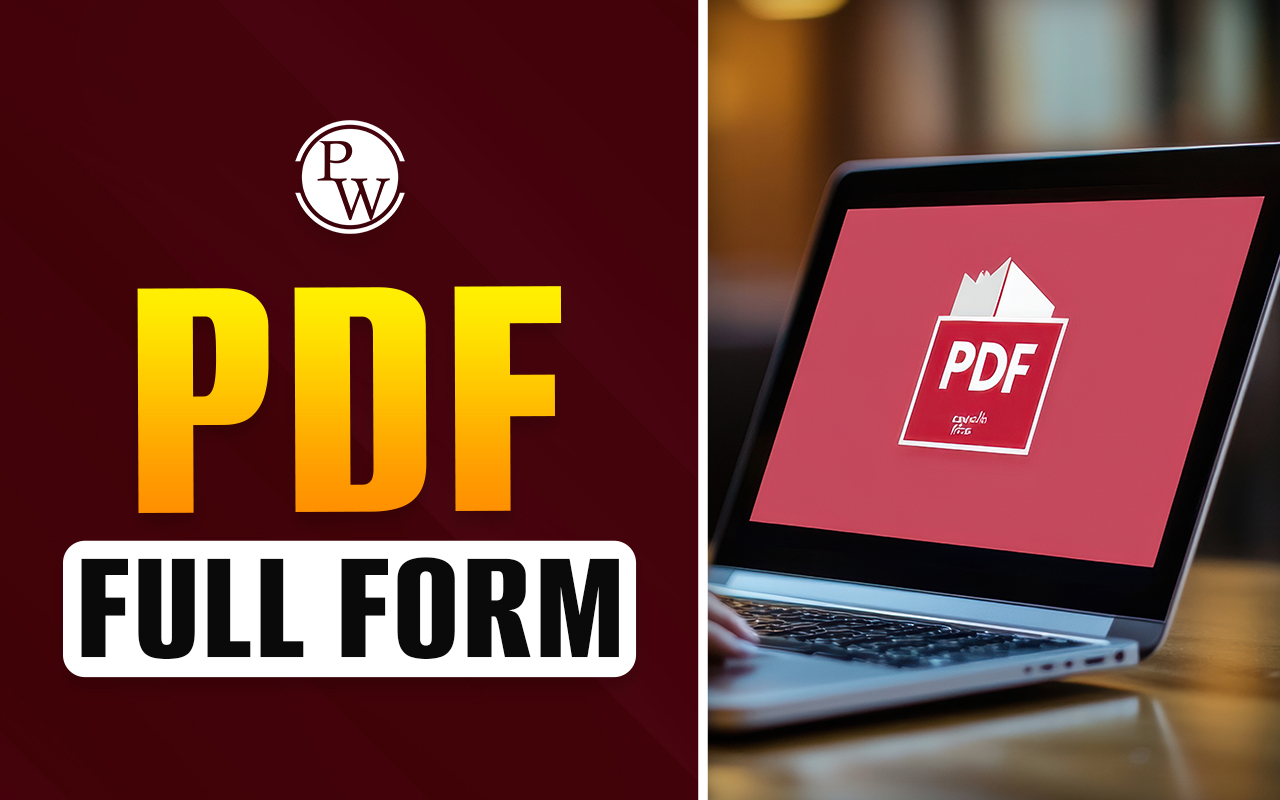

A Brief About Profit Before Tax (PBT)
Profit before tax (PBT) is a method and key metric for measuring a company's profits before taxes are paid. In other words, it is the profit earned before tax is deducted.
PBT can be found in the income statement under "operating profits minus interest."
Understanding Profit Before Tax (PBT)
Profit before tax (PBT) or earnings before tax (EBT) is the profit acquired by a company before tax. In other words, you can say it is the pre-tax profit.
By running through the income statement, a company accountant, stakeholders, or shareholders can reduce the expenses a company has to pay that lead up to the operating profit calculations.
However, since profit before tax (PBT) does not estimate the free cash flow of a company, stakeholders and management should not rely on this number alone to make vital business decisions.
What is the Significance of Profit Before Tax (PBT)?
Simply put, "profit before tax" allows you, as a company, to evaluate your profit margins before tax. Profit margins help you understand the effectiveness of turning revenue into profits for your business and also act as a strategic means for better operations.
Information about profit before tax is vital to stakeholders of the business, as having this information enables the management team to make valuable decisions that will benefit the business in the long run.
Moreover, profit before tax is also viewed as a value along the lines of net profit and operating profit by investors. This, in a nutshell, allows you to analyze your business and then make business decisions based on these values.
To summarize, profit before tax is a performance indicator provided on the income statement. Pre-tax profits determine the amount of tax a company has to pay, and any credits taken would be from the tax obligation rather than deducted from profit before tax (PBT).
Additionally, excluding tax allows managers and stakeholders to analyze and measure their business margins. The PBT margin is usually higher than the net income margin because tax is not included.
Thus, the difference between the PBT margins and the net margins will depend on the amount of tax paid.
The Disadvantages of Profit Before Tax (PBT)
While PBT has some advantages, it also has a few disadvantages, which are listed below:
- Since there is no true account of the company’s free cash flow, it makes for a sceptical valuation of the company. A company should never rely on PBT for big business or financial decisions.
- Profit before tax is not a sound or complete measure for comparison because the operations of businesses vary in nature and scale.
- It is difficult to gauge the bottom line of businesses in different business settings.
How to Calculate Profit Before Tax (PBT)
The formula to calculate profit before tax is:
PBT = Earnings Before Interest and Taxes (EBIT) - Interest expenses
Or
PBT equals Revenue minus Cost of Goods Sold (COGS) minus Operating Expenses (OE) minus Interest Expenses.
What is the Distinction Between EBIT and PBT?
- PBT is taxable income, whereas EBIT is operating income.
- Additionally, EBIT represents the profit of a company after paying operating expenses before income tax and interest in debt.
[wp-faq-schema title=" Full Form of PBT FAQs" accordion=1]
Is profit before tax the same as EBIT?
What happens if EBIT is negative?
Why is profit before tax important?
Why is profit before tax negative?
Does profit before tax provide an estimate of the free cash flow of a company?












